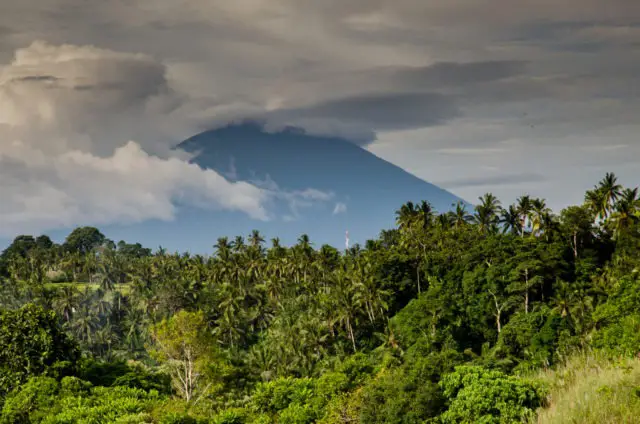
Costa Rica reaffirmed on the International Day for the Preservation of the Ozone Layer, its commitment to the gradual reduction of Hydro chlorofluorocarbons (HCFCs), gases that cause global warming.
Gases associated with refrigeration and air conditioning account for 12 percent of all greenhouse gas emissions in Costa Rica and the Ministry of Environment and Energy (MINAE) maintains its commitment to reduce them by up to 80 percent, indicates a statement on the occasion of the ephemeris.
In this regard, the head of MINAE, Andrea Meza, specified that within the HCFC Elimination Plan they have managed to eliminate about 50 percent of the total estimated as a baseline of imports by the schedule established by the countries to the Protocol of Montreal. In a complementary way, he pointed out, as of last January we eliminated the import of refrigeration and air conditioning equipment that contains these ozone-depleting substances.
MINAE recalls that under the mandate of the Montreal Protocol, the scientific and business community and the countries of the world (including Costa Rica) assumed the commitment to eliminate 99 percent of the substances that create the so-called hole in the ozone layer. Thanks to this Protocol, the ozone layer is recovering and will return to its 1980 levels in the middle of this century, the press release notes.
The right path forward
“The fight for the ozone layer shows us that humanity is capable of solving the problems it causes. To address this and any other crisis, we need science, social and technological solutions, and political will,” Meza said.
As with the ozone layer, science and solutions for the climate crisis and the biodiversity crisis are already at our disposal, he said and added that now we need to see the same level of political commitment in the coming years as in other fields.
After pointing out that the planet is committed to reducing greenhouse gas emissions to avoid the worst effects of climate change, MINAE refers that this year the motto of the celebration is: “Ozone for life: 35 years of protection of the ozone, a shield that protects humans and ecosystems from ultraviolet rays B”.

